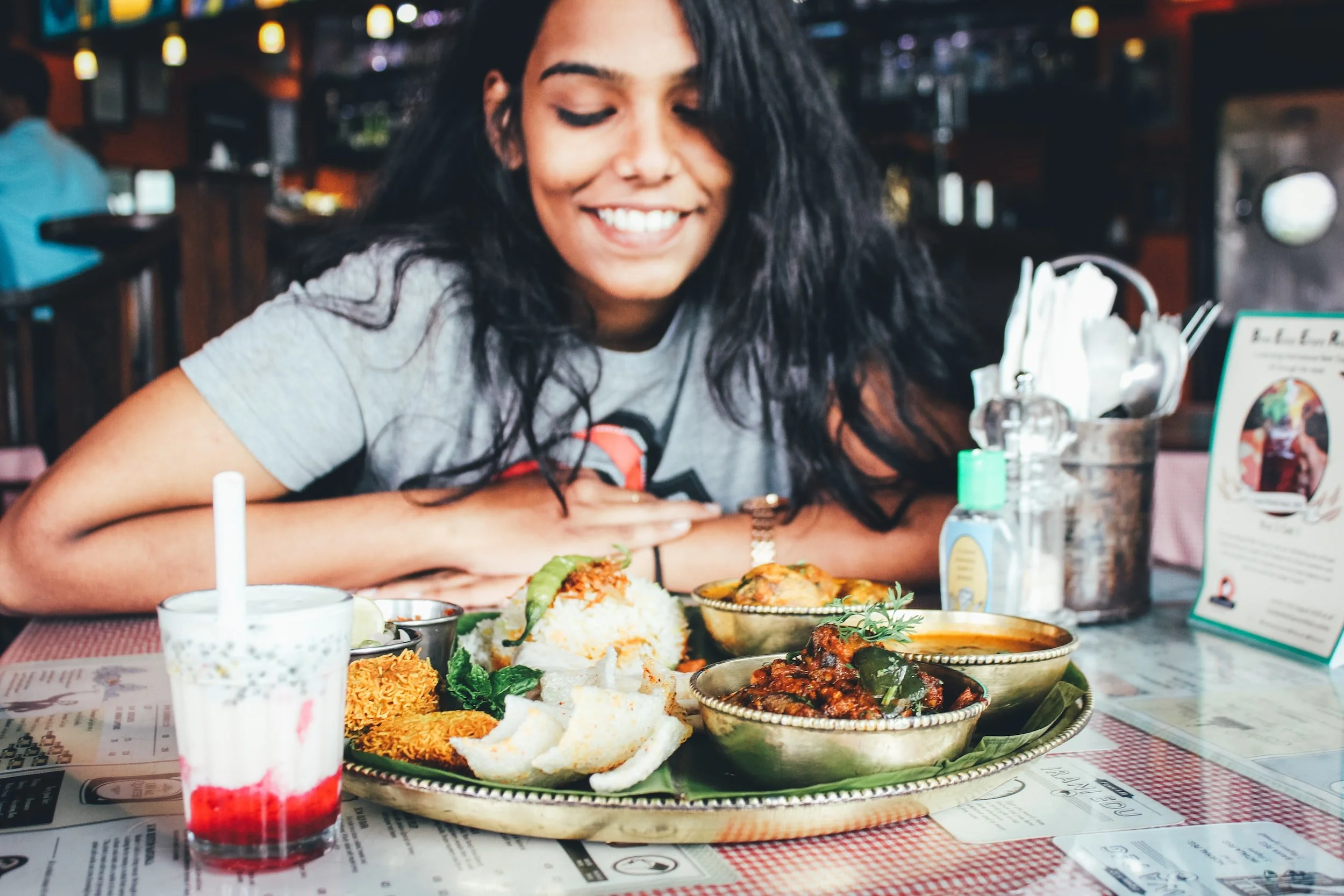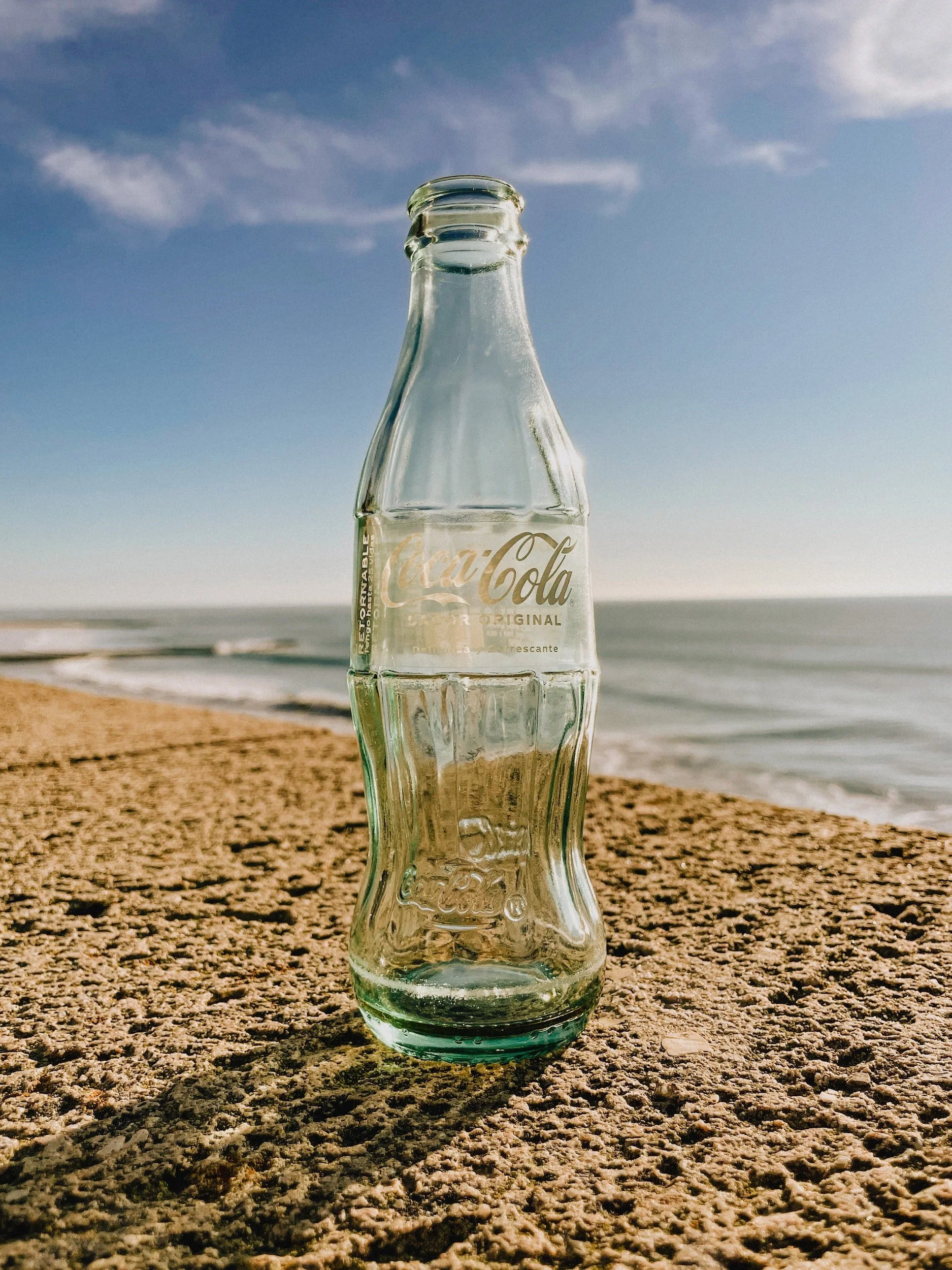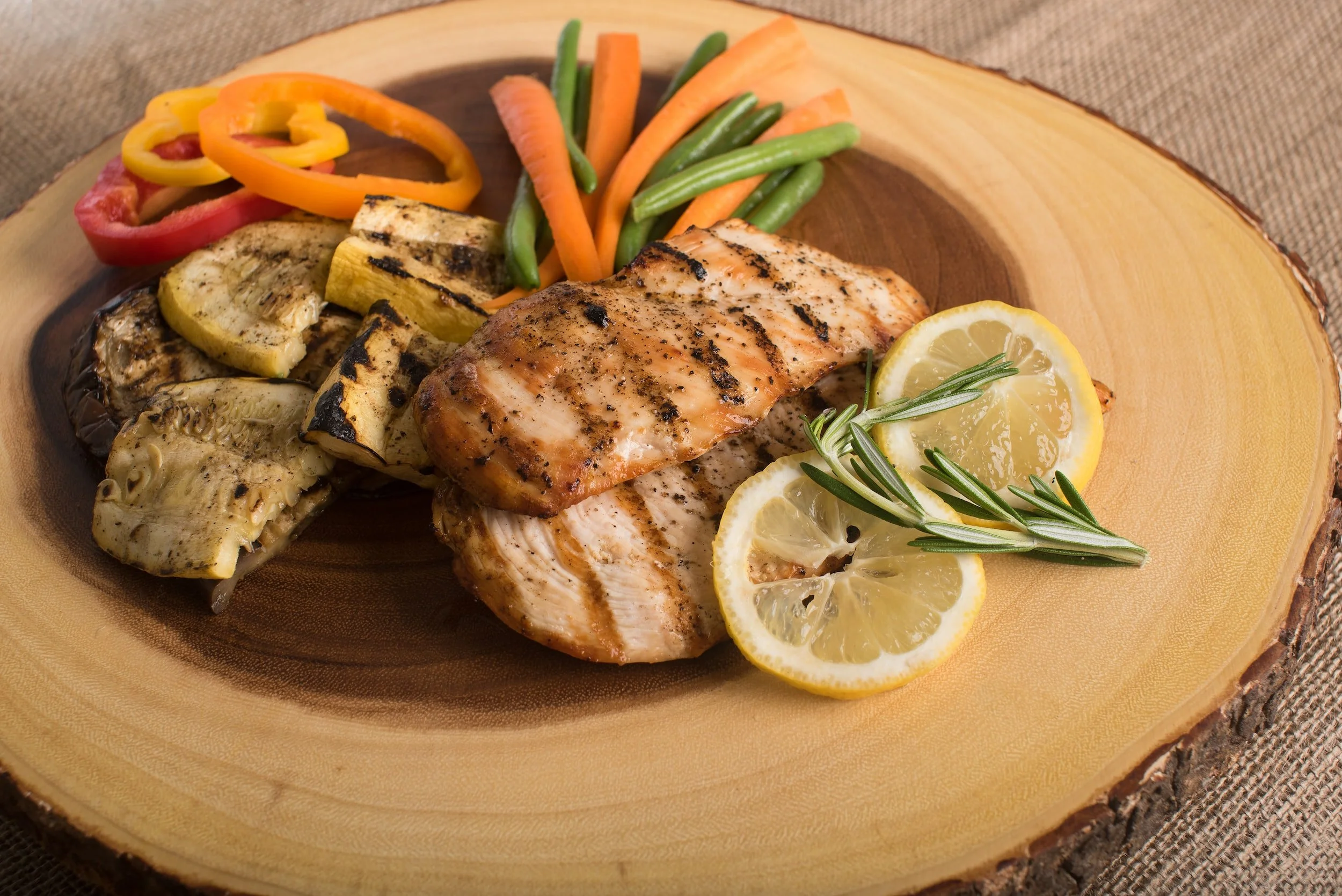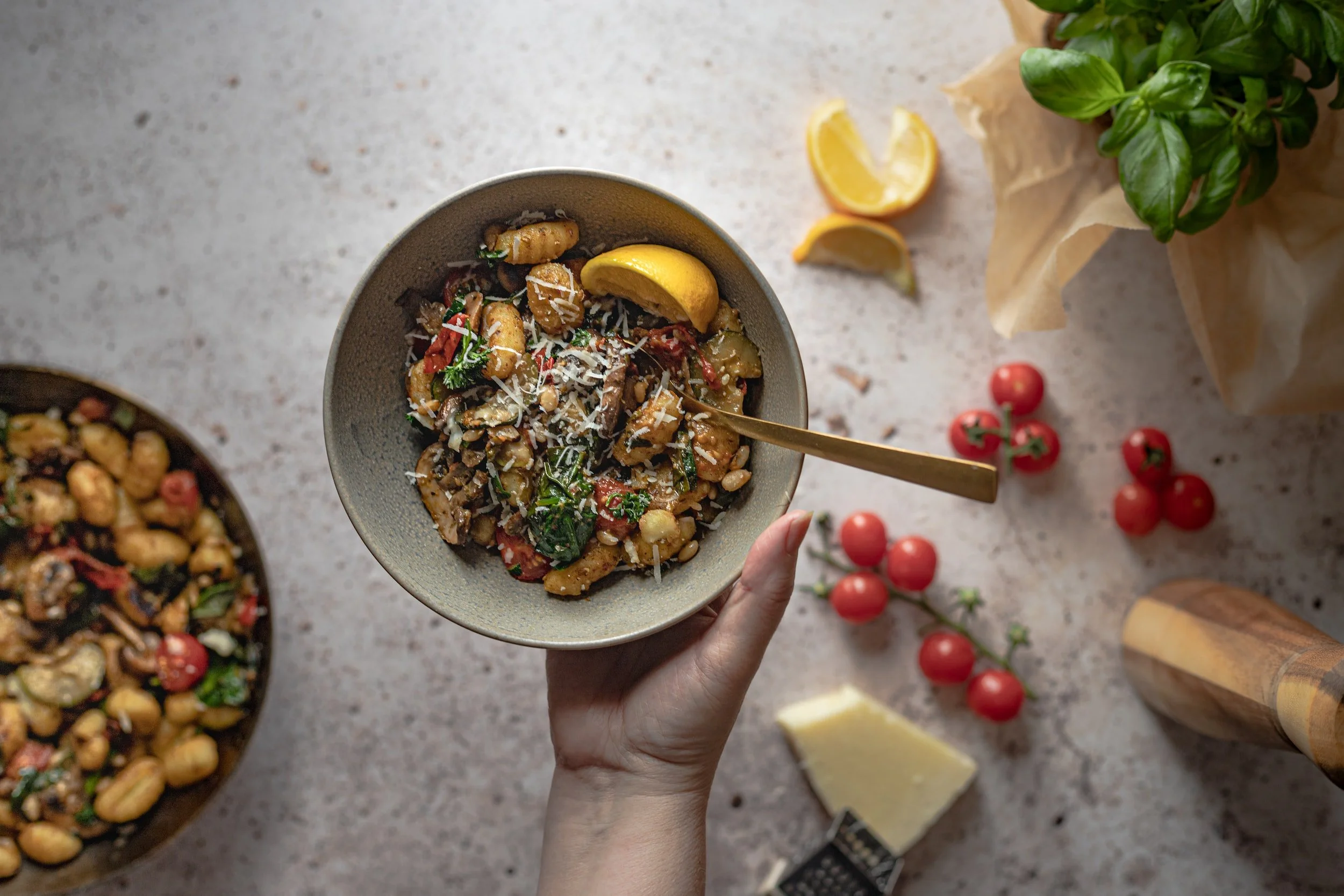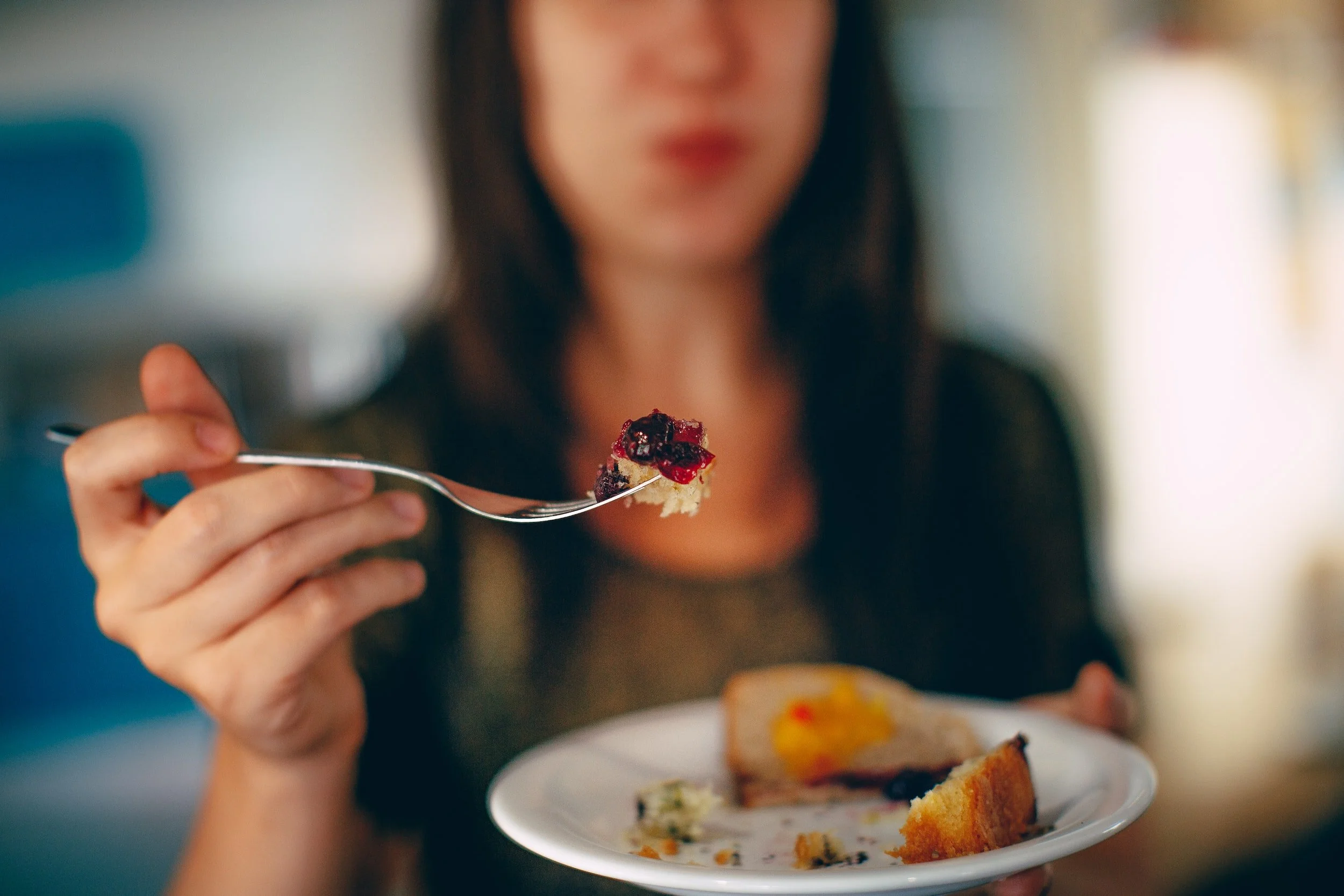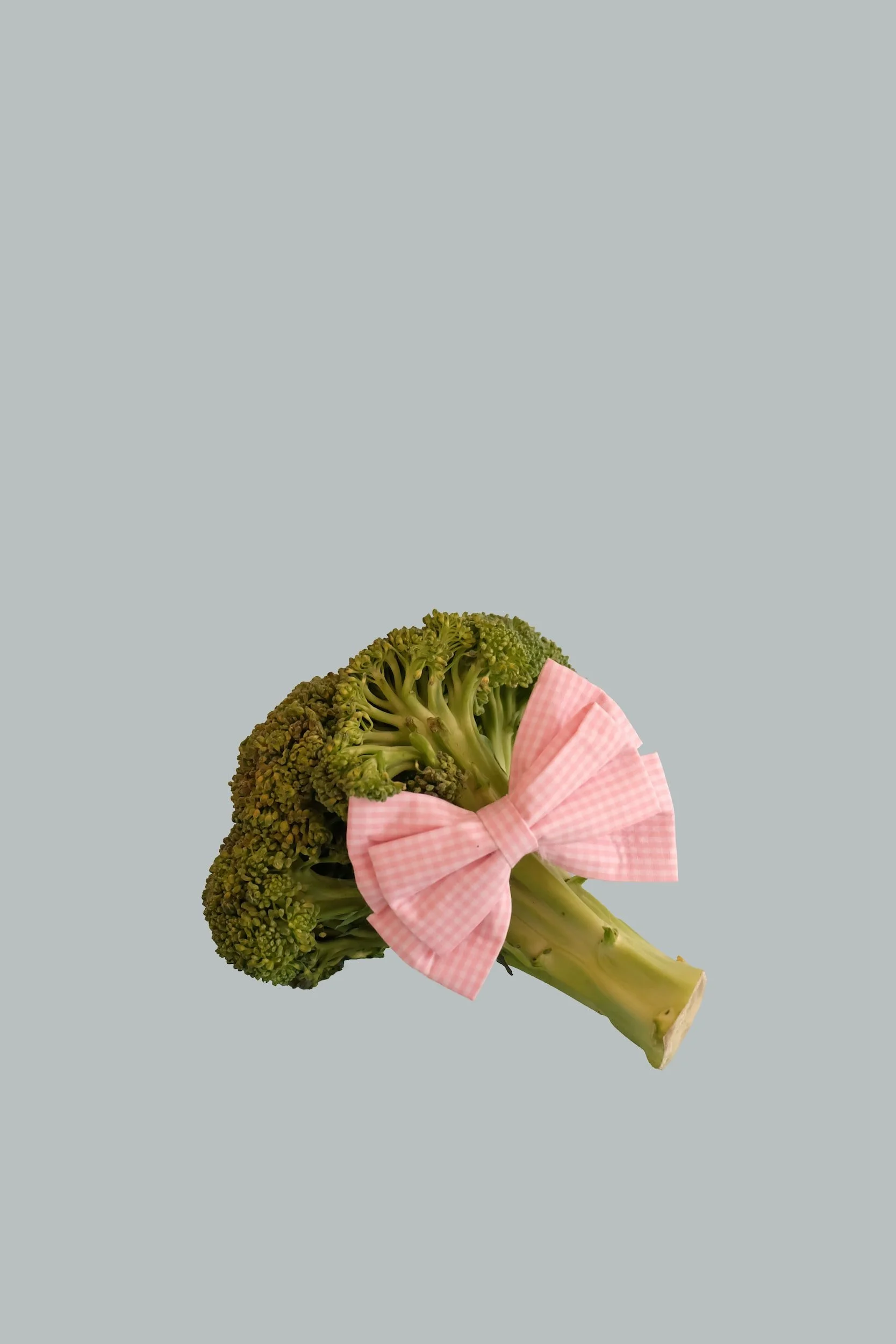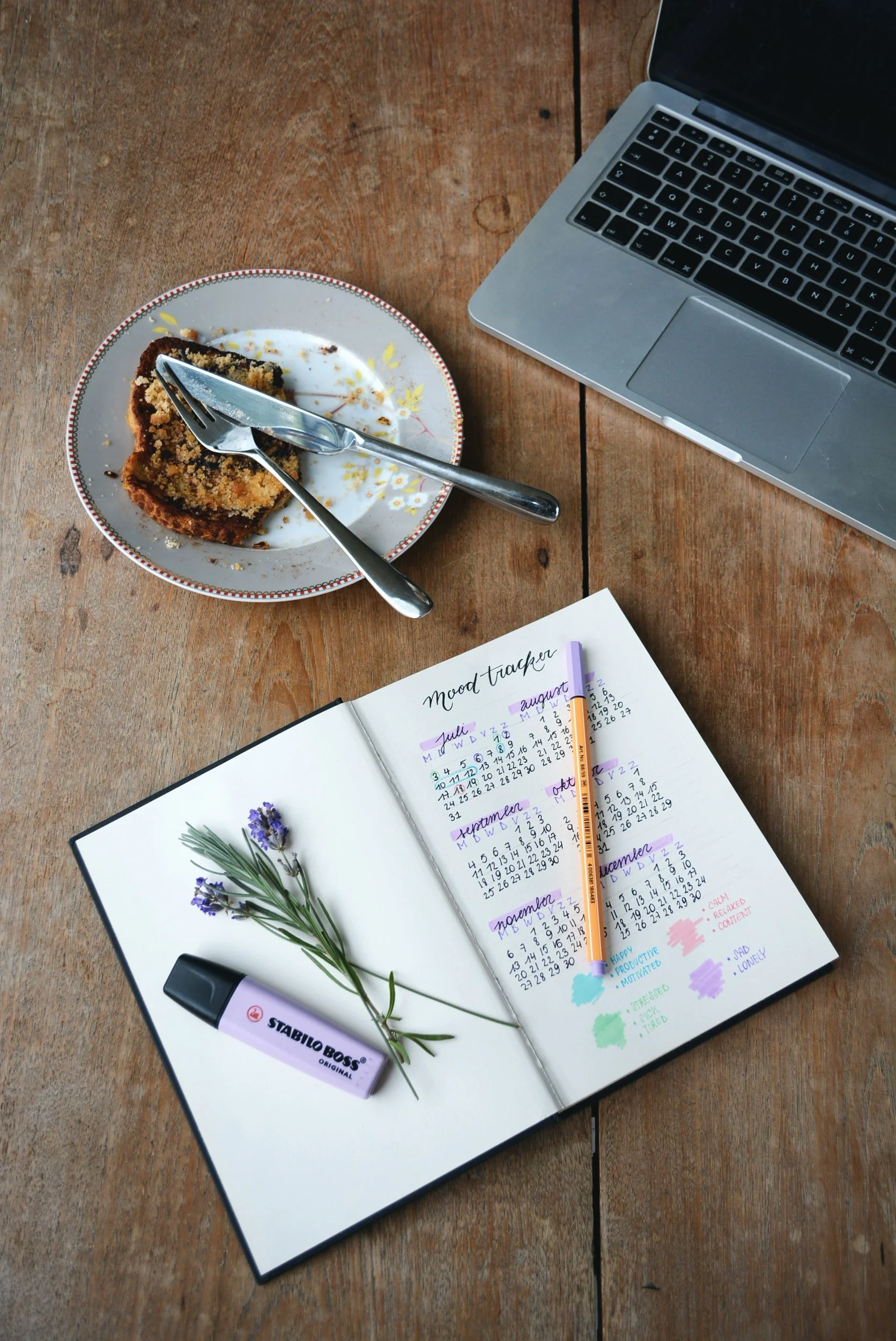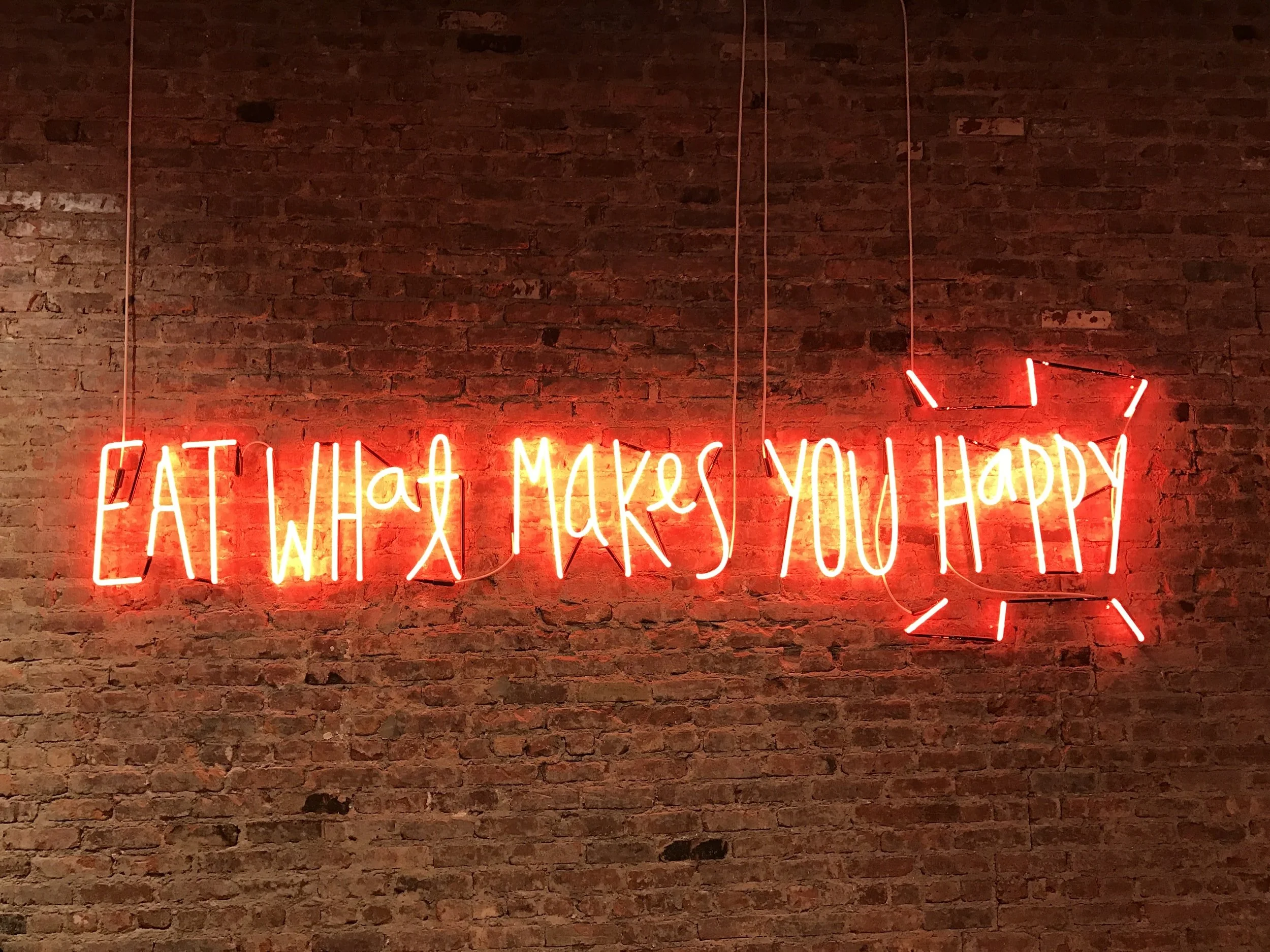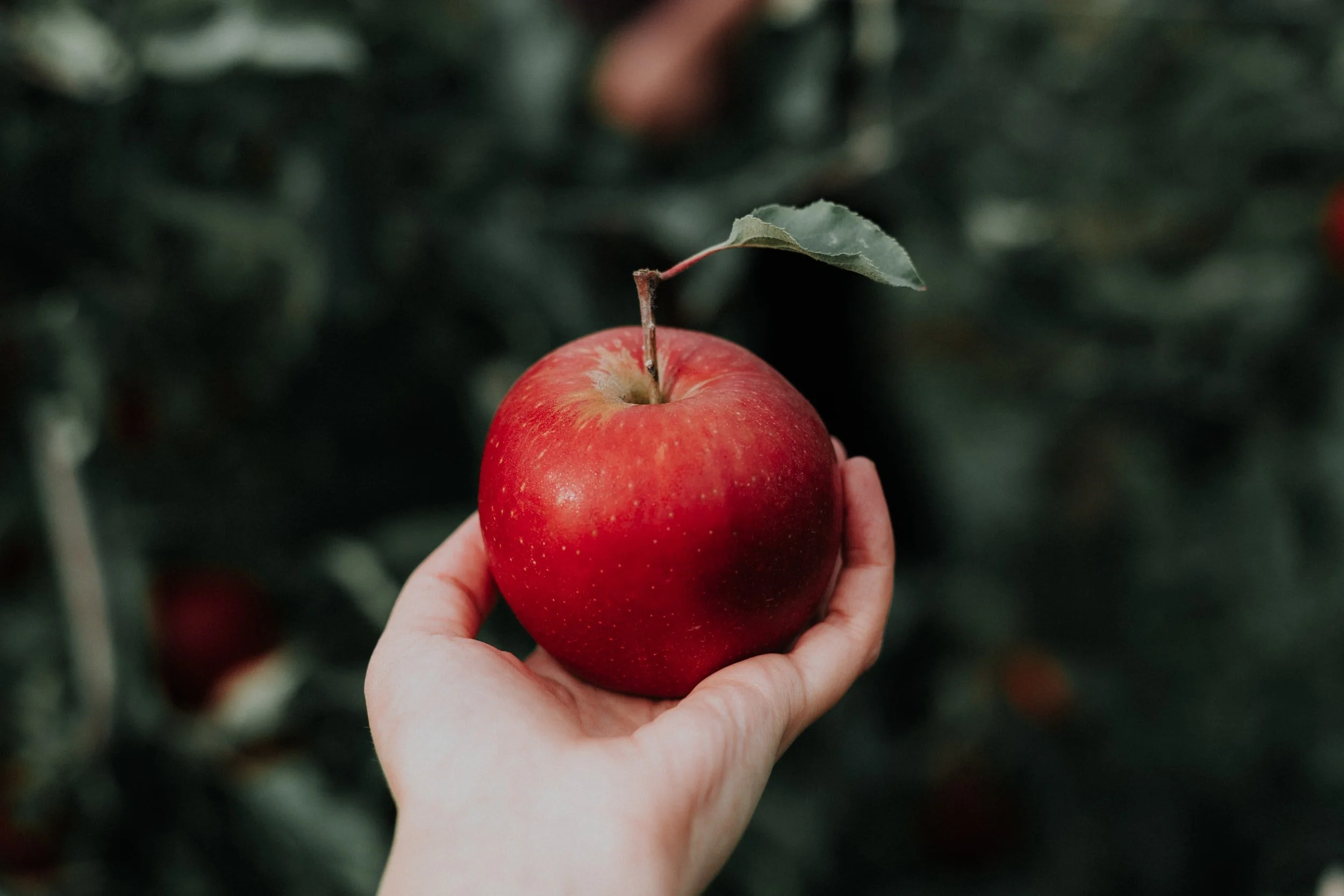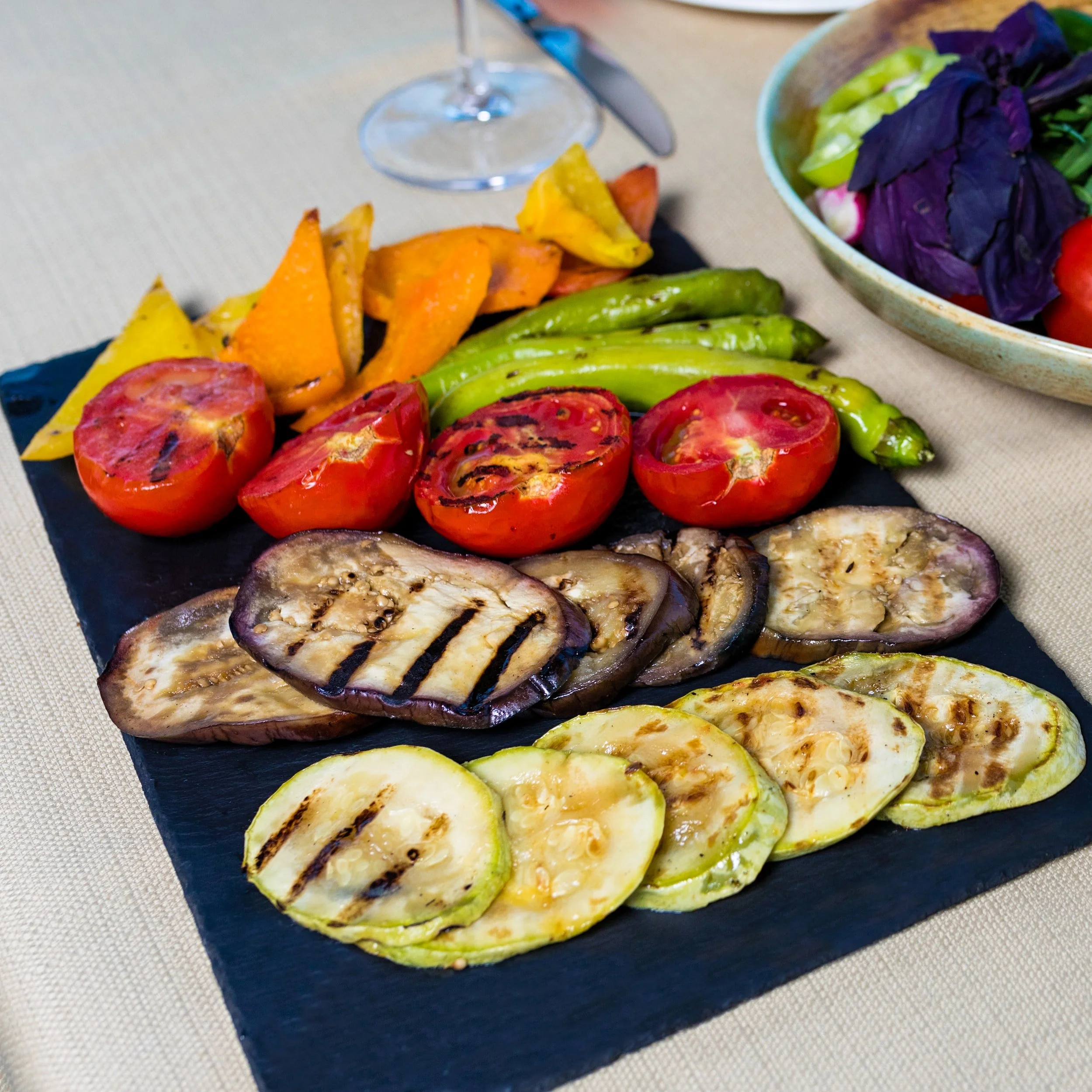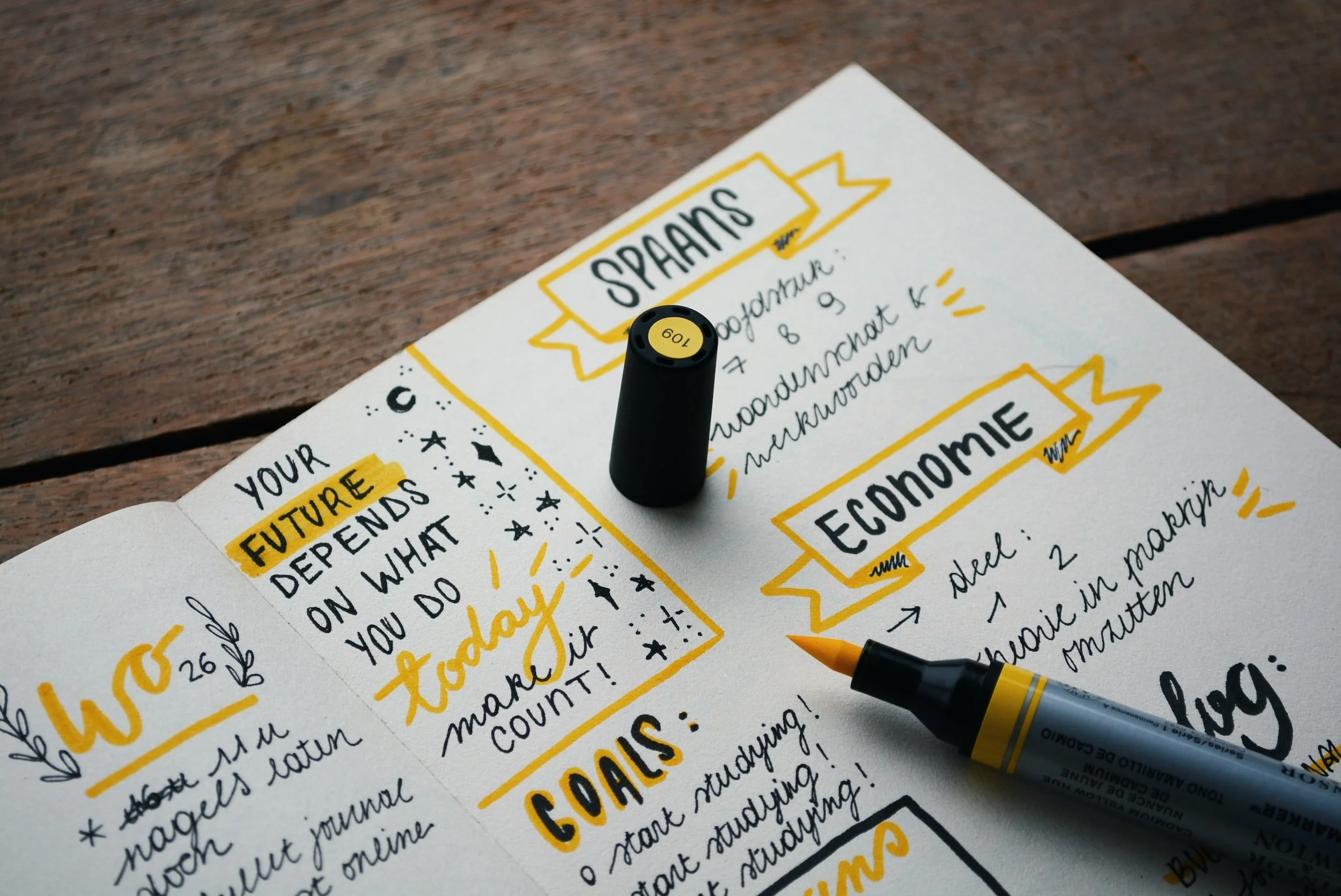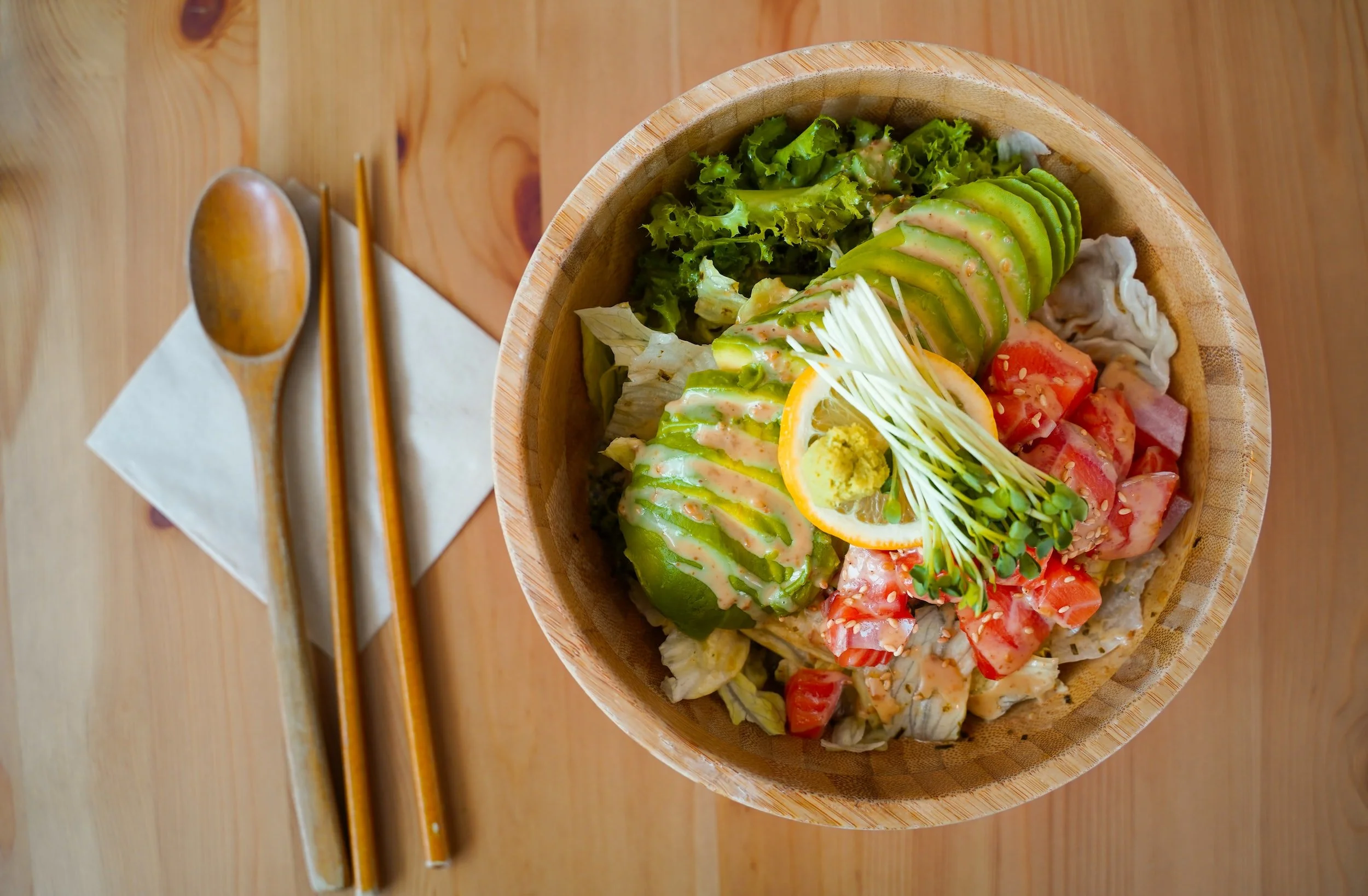19 ways to stick to a new diet and kick yo-yo dieting to the curb for good.
It’s seldom lack of knowledge that causes failed diets, but rather the absence of systems and habits. Sure, not everyone understands exactly how to eat for performance and recovery, but everyone knows pizza won’t help you lose weight as well as a plate of whole foods.
To consistently apply our knowledge it requires repeated focused actions, otherwise you’re relying on motivation, and let’s face it, who knows when that’s coming round again.
Below are 19 well researched habits that will help you stay consistent when it comes to eating healthier.
Choose volume over density
Food portions aren’t the same as energy availabilty.
Food volumes don’t necessarily reflect energy density. Pick foods that take up more space on your plate rather than energy dense foods that unnecessarily add energy to your diet without making you feel satiated.
Here are a few examples:
A large apple instead of 6 almonds
Watermelon instead of a banana
A bowl of oats instead of a few dates
2. Don’t let yourself get too hungry
Remember the last time you were so busy you forgot to eat? Next thing you know you’re raiding the kids snack cupboard, and it takes a whole packet of oreos before you’ve even come close to feeling satisfied.
Along with picking voluminous foods to help you remain full, a great strategy I get my clients to do is make sure that there is always healthy food nearby so it is convenient to reach for. Whether you decide to meal prep or just put some fresh fruit in a bowl, doing so will increase your likelihood for adherence.
Having some sort of sugar free drink available around the house to help you stave off the hunger is another helpful strategy.
This leads us nicely into the next point….
3. Sugar free drinks can help
There is currently not enough evidence to suggest that sugar free drinks are harmful in moderation.
If I had a penny for every time someone said to me “diet sodas are poisonous” or “sugar free drinks make you gain weight” I’d be a rich lady. At the time of writing this, there is no evidence to suggest that either are true. If you are interested in reading more about the studies behind sugar free drinks visit this blog Can artificial sweeteners cause weight gain and other health concerns?
4. Eat your protein
If you’re a regular reader of my blog you probably know by now that protein has a high thermic effect of food, meaning that it actually requires more energy to digest protein than it does fats and carbs. So the more you eat it, the more you “burn”. Protein’s benefits are endless, but when it comes to helping you stay on track, it turns out protein also releases hormones that help you feel full.
I’m willing to bet you can smash a whole bag of cheetos in half the time it takes you to eat 6 boiled egg whites. Amiright?
5. Stop vilifying foods
Do you have a list of foods you know you think you should eat and a list of foods you think you should never eat? And do you create rules where you only eat “good food” in the week and therefore “bad foods” on the weekends? That very mindset is what drives people to attempt being in an energy deficit for 4 days of the week and end up being in a surplus on the weekends, leading to no weight loss and a lot of frustrations.
This is what often causes the cycle of overeating and undereating, a process that not only gets you nowhere in your weight loss journey but one that is likely damaging your mental health.
Instead of having lists of “good food” vs “bad food”, have a continuum of foods that either move you closer towards your goal or away from your goals and aim to be flexible by choosing foods that flow back and forth along that continuum without rigid rules.
6. Move on
This is an extension of the last point. Over eating and then forcing yourself to under eat is the very catalyst for binge eating. If you feel like you’ve over eaten, instead of under eating at subsequent meals, just go back to eating normal again. There is no need to skip a meal or try to hit ridiculously unrealistic calorie deficits the following day, instead choose whole foods, eat plenty of vegetables and protein.
7. Eat to “just satisfied”
All too often we eat foods for its hedonistic pleasures rather than out of necessity, and while it’s absolutely fine to do this, we forget that it leads us to over indulge, resulting in us intaking way more energy than we actually need.
Believe it or not, our bodies are pretty good at remaining in an energy balance so practicing this habit alone can often result in some weight loss.
8. Eat slowly
This habit goes hand in hand with eating to “just satisfied”. Clients often ask me “how do I know I’m eating to “just satisfied”?” My answer is to “eat slowly”. By savouring every bite, feeling the textures and noticing all the flavours in your food, you will naturally begin to notice the sensation of being satisfied.
There is actual science behind this.
Our bodies release various hormones in the process of digestion, so the slower you eat the more you give your body time to realise it’s taking in just the right amount of food.
9. Keep healthier foods in close proximity
The proximity of food effects our choices.
Research shows that we often default to foods that are convenient and close to us. Remember the popcorn research I wrote about a while ago?
In case you missed it, here’s what researchers said about our eating habits…
“People believe their eating behavior is largely activated by how food tastes [...] once we’ve formed an eating habit, we no longer care whether the food tastes good. We’ll eat exactly the same amount, whether it’s fresh or stale.”
This revelation was made when researchers realised that moviegoers who had a habit of eating popcorn at the cinema, continued to eat 1 week old staled popcorn as part of the experiment. You can read about the research here.
In another study, scientists discovered that we also eat whatever is closest to us.
By placing foods just 70cm away rather than 20cm away, participants in this study were able to reduce the consumption of snacks.
So instead of making processed foods readily available for you, keep fresher foods like fruit nearby.
10. Break the chain
Think of things you do that come in a sequence of events. For example maybe every time you sit down by the TV it triggers a habit of snacking, or maybe every time you order a coffee from the local cafe it triggers the desire to order a brownie too.
Our habits are seldom premeditated, this is both favourable and not so favourable. Since habits are hard to break it means unfavourable habits take more effort to break but once a really good habit is formed, it means you can do them on automation without relying on motivation.
So let’s revisit the example of popcorn by the TV, why not have some fruit instead?
I’ve often found that recommending clients to “habit stack”; choosing a new and favourable habit and stacking it on top of an already established habit, helps newer habits easier to adhere to.
From TV + popcorn => TV + fruit.
And maybe instead of ordering coffee you can break that chain of events by ordering an herbal tea. Who knows, you might find that a brownie doesn’t really go very well with an herbal tea.
11. Create an accountability system
Something as simple as a tick list or a ‘to do’ list might just be enough to help you stay on track.
Whether its a partner checking in on you or a food journal, having some sort of system in place where you can tick off your habits will increase your chances of success. One client of mine described having a tick list on his fridge (a system we created together) as having “revolutionised” his life. There is no need for fancy apps, any system where you are able to track your habits will go a long way in helping you achieve your goals.
12. Eat what you love
Don’t spend all week giving up all your favourite foods just to eat them all on the weekends. Remember weight loss isn’t so much about “eating clean” but more about consistency. In theory you could eat whatever you wanted and still lose weight so long as you remained in a calorie deficit, however giving up all your favourite foods just to spend the whole week thinking about them and then spending all weekend ending up in a surplus isn't helping.
13. Always carry around snacks
Adhering to a new diet is easier when you aren’t hungry all the time. Making sure you always carry something around with you throughout the day will ensure you don’t end up at a drive thru.
Here are some things you can pack:
Apples
Carrot sticks
Protein powder
Home baked goodies
14. Step away from the food app
Recognise whether your current method of tracking is working for or against you.
Sometimes its not the absence of a tracking system, but too much reliance on it.
Are you tracking your food via an app but noticing that seeing the numbers go up causes anxiety resulting in feelings of failure which lead to overeating?
If this is happening, recognise your triggers and step away from the source.
In this case, a food journal might be a more appropriate method.
15. Learn to eyeball your food
The hand method for tracking food might seem too simple for some, especially if you have a history of meticulously weighing every morsel of food, but this method is not only low effort, its actually a pretty effective system if you’re consistent, plus it makes it much easier to adhere to on nights out with the family for meals.
If you’re new to the system, here’s how it works. You simply use your hands as a portion size guide:
Palm of hand: lean protein
Cupped hand: carbs
Fist: vegetables
Thumb: fats
16. Plate your greens first
Start by filling your plate up with vegetables first and then move on to protein.
When filling up your plate, start by filling half of it with vegetables, a quarter of it with lean protein and the rest of the plate with a mixture of fats and carbs. This simple method of portioning your food is a fantastic way of making sure you get plenty of whole foods.
17. Use approach goals instead of avoid goals
Setting your mindset up for success is just as important as setting your environment up for success. When creating goals, we often think about the things we don’t want in our lives for example “I want to eat less processed foods” or “I want to drink less coffee”.
Instead, try creating approach goals and positive mission statements like “I want to eat more whole foods” and “I will drink more water”.
18. If you don't love it, don't eat it.
Now this isn’t an excuse to not eat your greens, its simply a pause and reflect method I use on clients that help them become more mindful in their food choices.
Before deciding to eat something, ask yourself:
Is it nutritious?
Is it delicious?
Am I hungry?
If you answered ‘no’ to all of these you probably don’t need it.
19. Don’t fall for the “clean eating” trends
Not all “health foods” will help you lose weight and likewise, not all “processed foods” will make you gain weight.
The over simplification of those statements are often what causes people to wonder why they aren’t losing weight when they’re eating typically healthy foods.
A salad can easily contain up to 600 calories whereas a bacon toastie only 400. Understand that while most whole foods contain less energy than processed foods, it doesn’t necessarily mean that this will always be the case.
Ultimately having a balanced view on food and remaining consistent will give you long term results.
Resources
Hunter JA, Hollands GJ, Couturier DL, Marteau TM. Effect of snack-food proximity on intake in general population samples with higher and lower cognitive resource. Appetite. 2018 Feb 1;121:337-347. doi: 10.1016/j.appet.2017.11.101. Epub 2017 Nov 26. PMID: 29183701; PMCID: PMC5768324.


